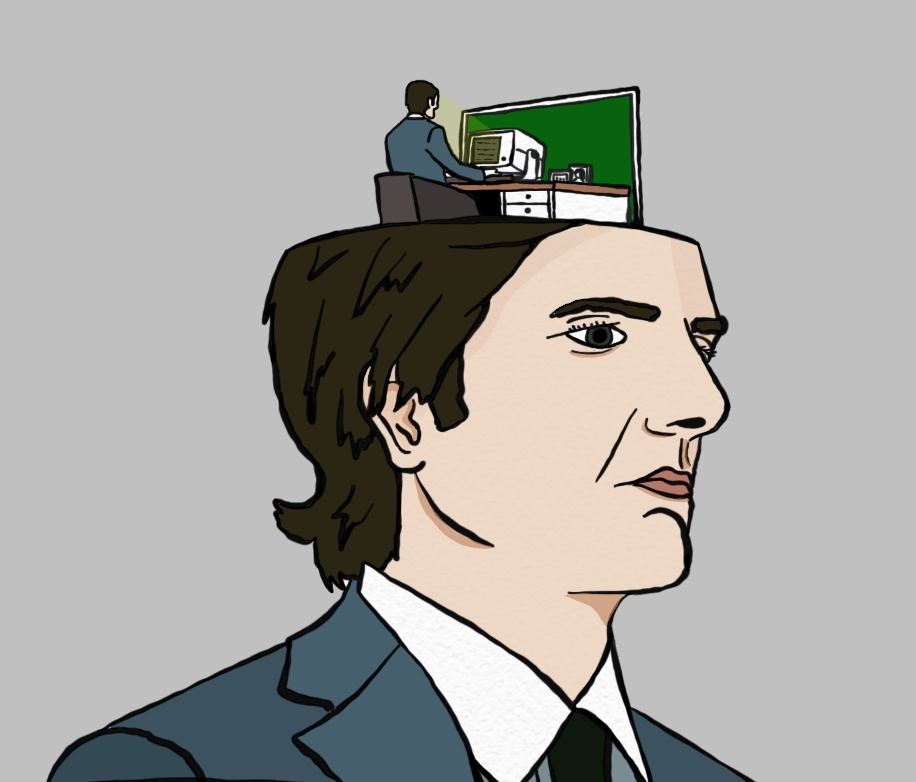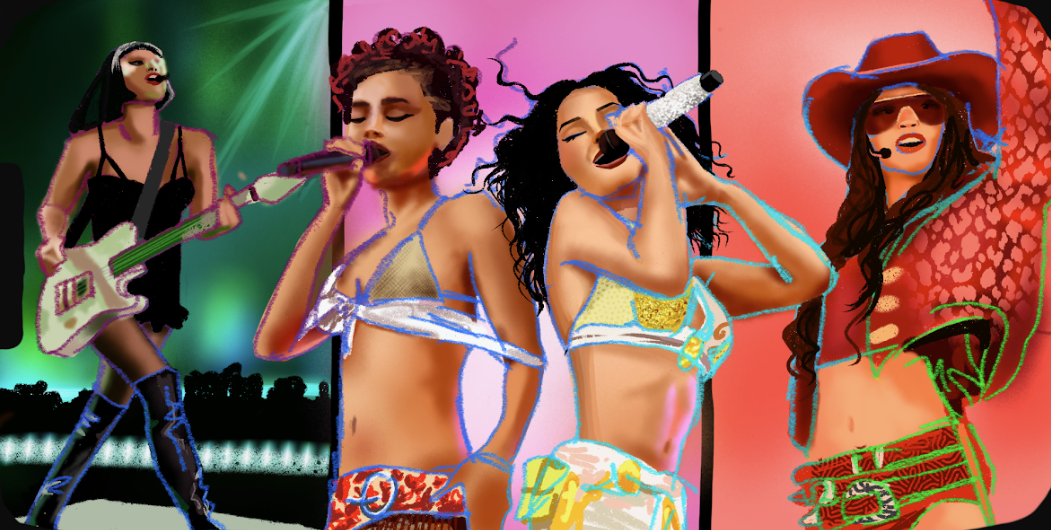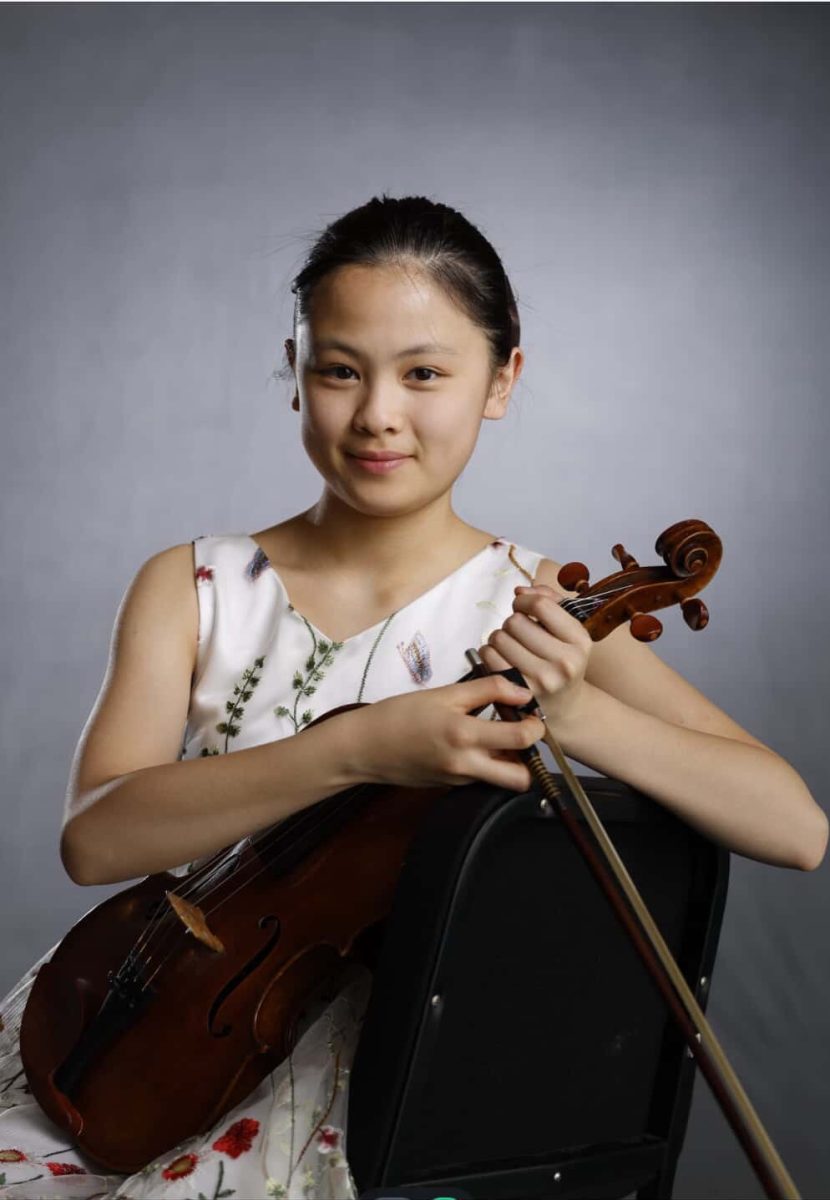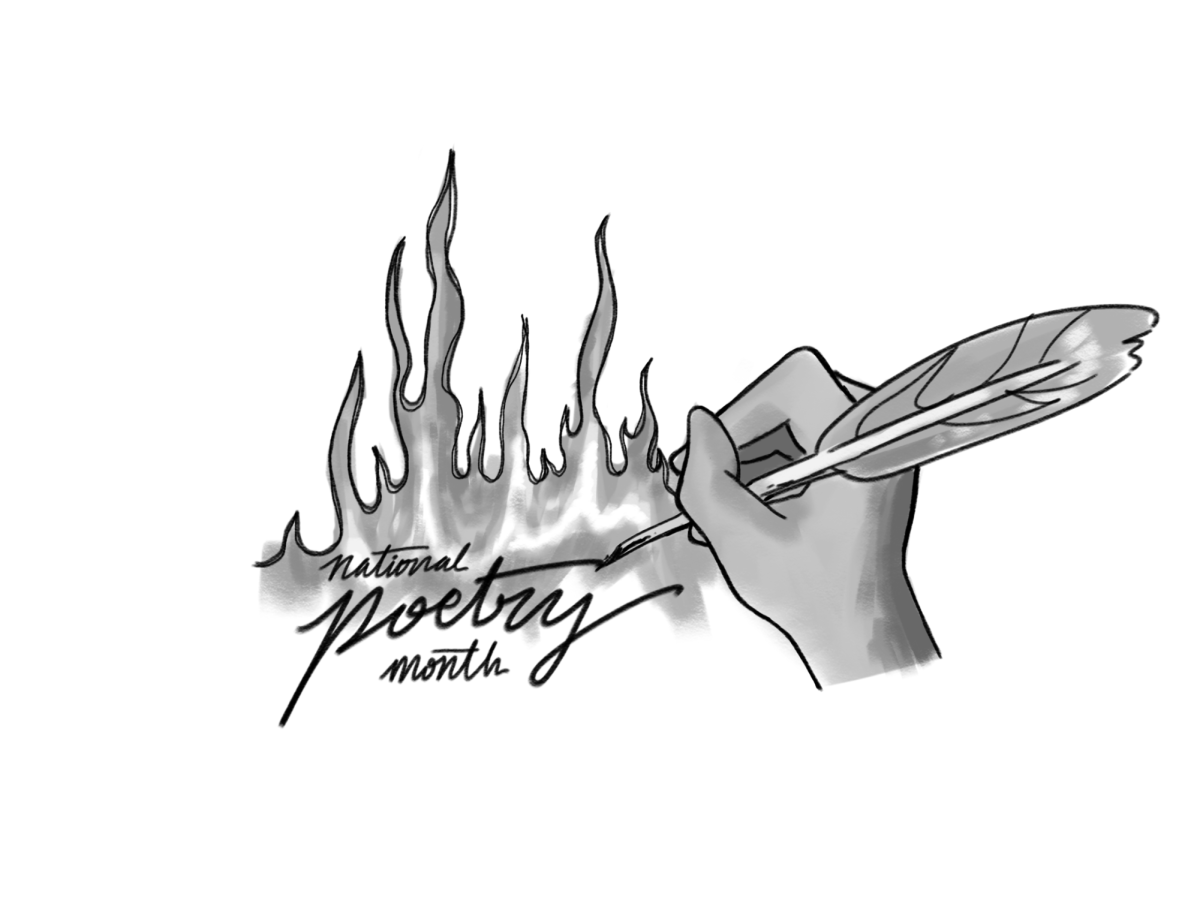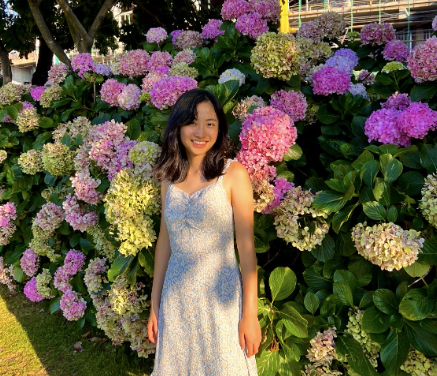“Is my mouth drooping? I feel like it’s drooping. [Blows raspberry]” These wise words were spoken by Asha, the main character of Disney’s new princess movie, “Wish.” In this 2023 film, Asha needs to save her kingdom from King Magnifico by wishing upon a star and proving that in the end, courage prevails. Okay. Fair enough. The premise is fine. The problem lies in the main character, Asha. “Quirky, clumsy, awkward” are three adjectives that come to mind when one sees how Disney portrays their new heroine. These three traits seem acceptable, even relatable or funny at first. The problem arises when we look at Disney’s princesses from the past decade. They are all the same. Disney has mass-produced Asha-type characters, only giving each princess different names, dresses, cute animal sidekicks, ethnicities, and cultures. Their personalities and struggles are all virtually identical. Anna from “Frozen,” Rapunzel from “Tangled,” and Moana from “Moana” were the manifestation of the earliest buds of this problem; Vanellope from “Wreck-it Ralph,” Mirabel from “Encanto,” Raya from “Raya and the Last Dragon,” and now, Asha from “Wish” show that Disney can not break the mold of “adorkable” heroines. This is where things start going south, not only for Disney but also for the millions of viewers the movies have amassed.
Disney must recognize that making a princess “relatable” does not just involve giving them the same bucket of flaws. Take a look at the classics: Belle is stern and opinionated, Mulan is clumsy and self-conscious, and Ariel is naive and mischievous. They all are flawed in their own unique ways, and this makes for their eventual growth to be all different. You cannot place Belle into Ariel’s shoes and expect the same story to take place, but if you placed Raya in Asha’s shoes, you can anticipate virtually no changes from the original story. Consumers have caught onto this recent trend. As a result, Disney has taken a blow. “Wish took in $19.5 million in box office sales during its Thanksgiving weekend debut, with $31.8 million earned over the 5-day period, domestically. The film was expected to earn between $45-$55 million its opening weekend,” reported FOXBusiness. Movie-goers are, simply put, bored, with the same formulaic heroine every time. Wish’s IMDb rating is an astounding 5.9/10, and its Rotten Tomatoes rating is a whopping 48%. For years, consumers have wished upon a star for a refreshing take on the Disney princess, but the star delivered disappointment, especially for the millions of children watching these movies.
BBC News reports, “Disney is quite pervasive within our modern culture…the ideas in Disney films… [are] bound to have an impact.” When children watch the newer Disney movies on repeat, the only “positive” influences they are exposed to are the “adorkable” princesses that lack a dimension of deep nuances in their personalities which, makes their journeys of growth worth learning from.
Another issue that arises out of copy-paste characters is that the story surrounding them often severely dumbs down serious issues like abandonment, war, and oppression. Disney needs to give children more credit for the type of material they can understand and appreciate. Children do not deserve to watch Cocomelon on repeat or the same formulaic Disney movie over and over again just because they are children and “can’t understand anything deep.” One of the most iconic Disney princesses, Mulan, has to overcome historical, familial, and personal obstacles to reach her goal of becoming a good warrior to honor and protect her family. To do this, she has to defeat gender expectations, overcome Imposter syndrome, take risks, stand up for herself, and never let her inner fire die out. Movies like “Mulan” extend miles deep, whereas Disney’s modern creations like “Wish” barely skim the surface. All these layers of nuances come together to craft a story that can impact a child on a much deeper level than superficial “adorkable” heroines ever can.
To make a lasting impression on a new generation of children, Disney must break the mold. The world is more than dorky, klutzy princesses prancing around with small animal sidekicks. The world is filled with complex issues and people who are all unique in their own ways. Ctrl+C, Ctrl+V movies disregard these facets of life. Overgeneralizations happen and deep nuances are lost. It is time to wish upon a star for genuine, authentic characters – for us, and the generations to come.





